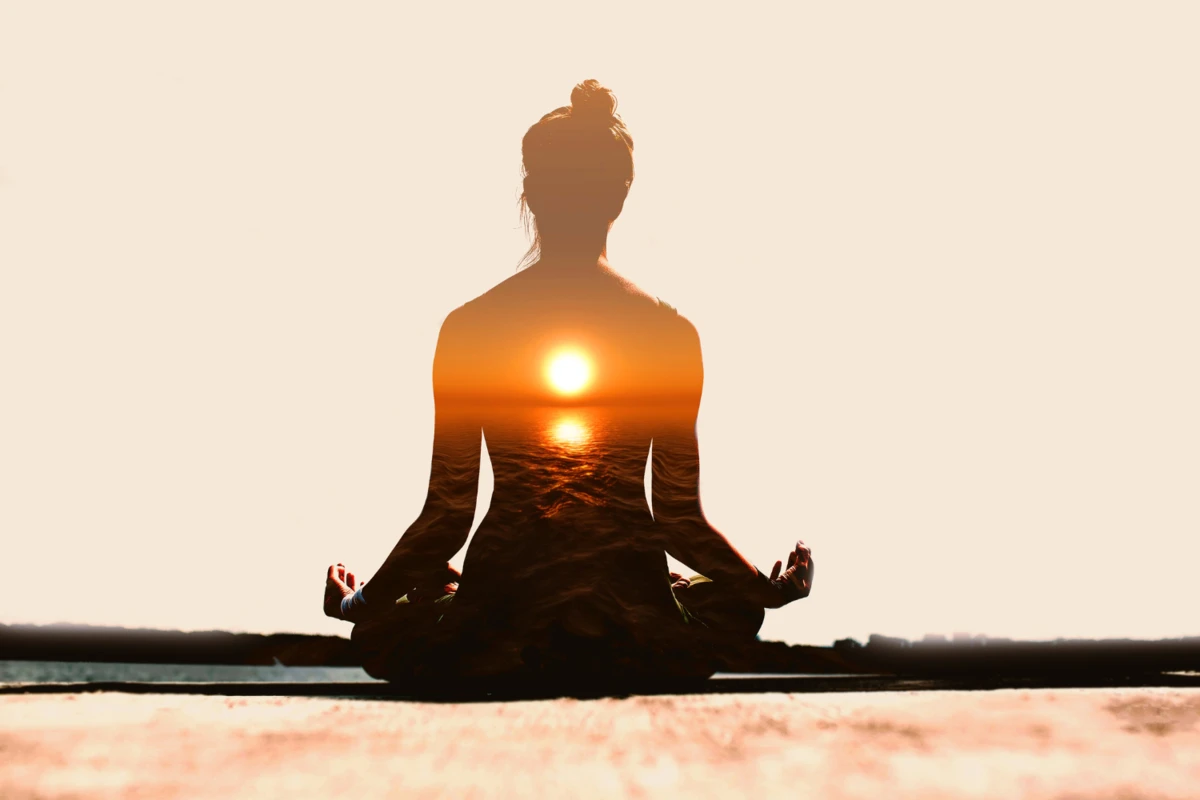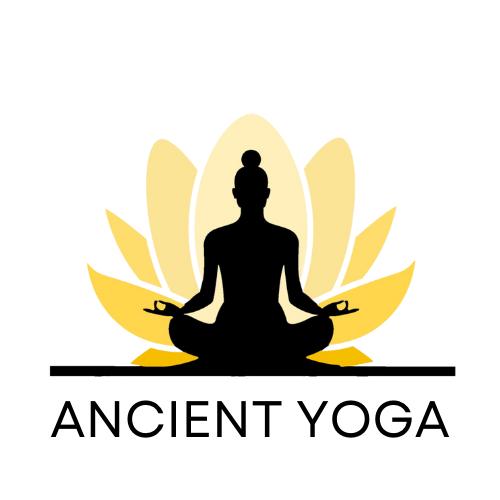Yoga can be a powerful tool for managing stress and anxiety. We shall first understand what causes stress and how our body reacts to it. With this understanding we can see how yoga can help with stress relief and managing anxiety.
I. Introduction
A. Explanation of stress
B. Overview of how yoga can help relieve stress
II. The Physiology of Stress
A. The stress response
B. The impact of stress on the body
C. How yoga affects the stress response
III. Types of Yoga Practices for Stress Relief
A. Restorative Yoga
B. Yin Yoga
C. Hatha Yoga
D. Yoga Nidra
E. Pranayama
IV. Research on Yoga and Stress Relief
A. Study 1: Yoga and perceived stress
B. Study 2: Yoga and cortisol levels
C. Study 3: Yoga and anxiety levels
V. Incorporating Yoga into Daily Life
A. Establishing a consistent practice
B. Finding the right type of yoga
C. Other stress management techniques to combine with yoga
VI. Conclusion
A. Recap of the benefits of yoga for stress relief
B. Encouragement to try yoga as a stress management tool

Introduction:
Stress is a common experience in modern life that can impact our physical and mental well-being. Whether it’s caused by work, relationships, or other life circumstances, stress can lead to negative effects such as anxiety, depression, and physical tension. Fortunately, there are many ways to manage stress, and one of the most effective methods is through the practice of yoga.
The Physiology of Stress:
When we experience stress, our bodies go into “fight or flight” mode, releasing hormones such as cortisol and adrenaline. While this response can be useful in certain situations, chronic stress can lead to negative effects on the body, such as increased blood pressure, inflammation, and weakened immune function. Yoga can help regulate the stress response by activating the relaxation response and decreasing cortisol levels.
Types of Yoga Practices for Stress Relief:
Restorative yoga involves holding poses for extended periods of time, allowing the body to release tension and promote relaxation. Yin yoga similarly focuses on holding poses, but with a focus on deep stretching and relaxation of the connective tissues. Hatha yoga is a more active practice that includes physical postures (asanas) and breathing techniques (pranayama), helping to calm the mind and reduce tension. Yoga Nidra is a guided meditation practice that can help to reduce stress and promote deep relaxation. Pranayama, or yogic breathing techniques, can be practiced on their own or incorporated into other yoga practices to help reduce stress.
Research on Yoga and Stress Relief:
There have been several studies on the benefits of yoga for stress relief. In one study published in the Journal of Alternative and Complementary Medicine, participants who practiced yoga had significantly lower perceived stress levels compared to a control group. Another study published in the International Journal of Yoga found that practicing yoga for eight weeks significantly decreased cortisol levels, a hormone associated with stress. A third study published in the Journal of Psychiatric Research found that practicing yoga was associated with decreased anxiety levels.
Incorporating Yoga into Daily Life:
In order to reap the benefits of yoga for stress relief, it’s important to establish a consistent practice. This can involve finding a class or teacher that resonates with you, or practicing at home using online resources or youtube. It’s also important to find the right type of yoga for your individual needs and preferences. In addition to practicing yoga, other stress management techniques such as mindfulness meditation, regular exercise, and good sleep habits can be combined with yoga to create a comprehensive stress management plan.
References:
- Khalsa, S. B. S. (2004). Yoga as a therapeutic intervention: a bibliometric analysis of published research studies. The Indian Journal of Physiology and Pharmacology, 48(3), 269-285.
- Streeter, C. C., Gerbarg, P. L., Saper, R. B., Ciraulo, D. A., & Brown, R. P. (2012). Effects of yoga on the autonomic nervous system, gamma-aminobutyric-acid, and allostasis in epilepsy, depression, and post-traumatic stress disorder. Medical hypotheses, 78(5), 571-579.
- Michalsen, A., Grossman, P., Acil, A., Langhorst, J., Lüdtke, R., Esch, T., … & Dobos, G. J. (2005). Rapid stress reduction and anxiolysis among distressed women as a consequence of a three-month intensive yoga program. Medical science monitor: international medical journal of experimental and clinical research, 11(12), CR555-CR561.
- Li, A. W., Goldsmith, C. A., & The Effectiveness of Yoga for Stress Reduction and Anxiety in Women. (2012). Holistic Nursing Practice, 26(3), 125-130.
- Cramer, H., Lauche, R., Langhorst, J., & Dobos, G. (2013). Yoga for depression: a systematic review and meta-analysis. Depression and anxiety, 30(11), 1068-1083.
- Janakiramaiah, N., Gangadhar, B. N., Naga Venkatesha Murthy, P. J., Harish, M. G., Subbakrishna, D. K., & Vedamurthachar, A. (2000). Antidepressant efficacy of Sudarshan Kriya Yoga (SKY) in melancholia: a randomized comparison with electroconvulsive therapy (ECT) and imipramine. Journal of affective disorders, 57(1-3), 255-259.
- Michalsen, A., Jeitler, M., Brunnhuber, S., Lüdtke, R., Büssing, A., Musial, F., … & Kessler, C. (2011). Iyengar yoga for distressed women: a 3-armed randomized controlled trial. Evidence-Based Complementary and Alternative Medicine, 2012.
Conclusion:
Yoga can be a powerful tool for managing stress and promoting relaxation. By incorporating different types of yoga practices, establishing a consistent practice, and combining yoga with other stress management techniques, individuals can experience the many benefits of yoga for stress relief and anxiety.





